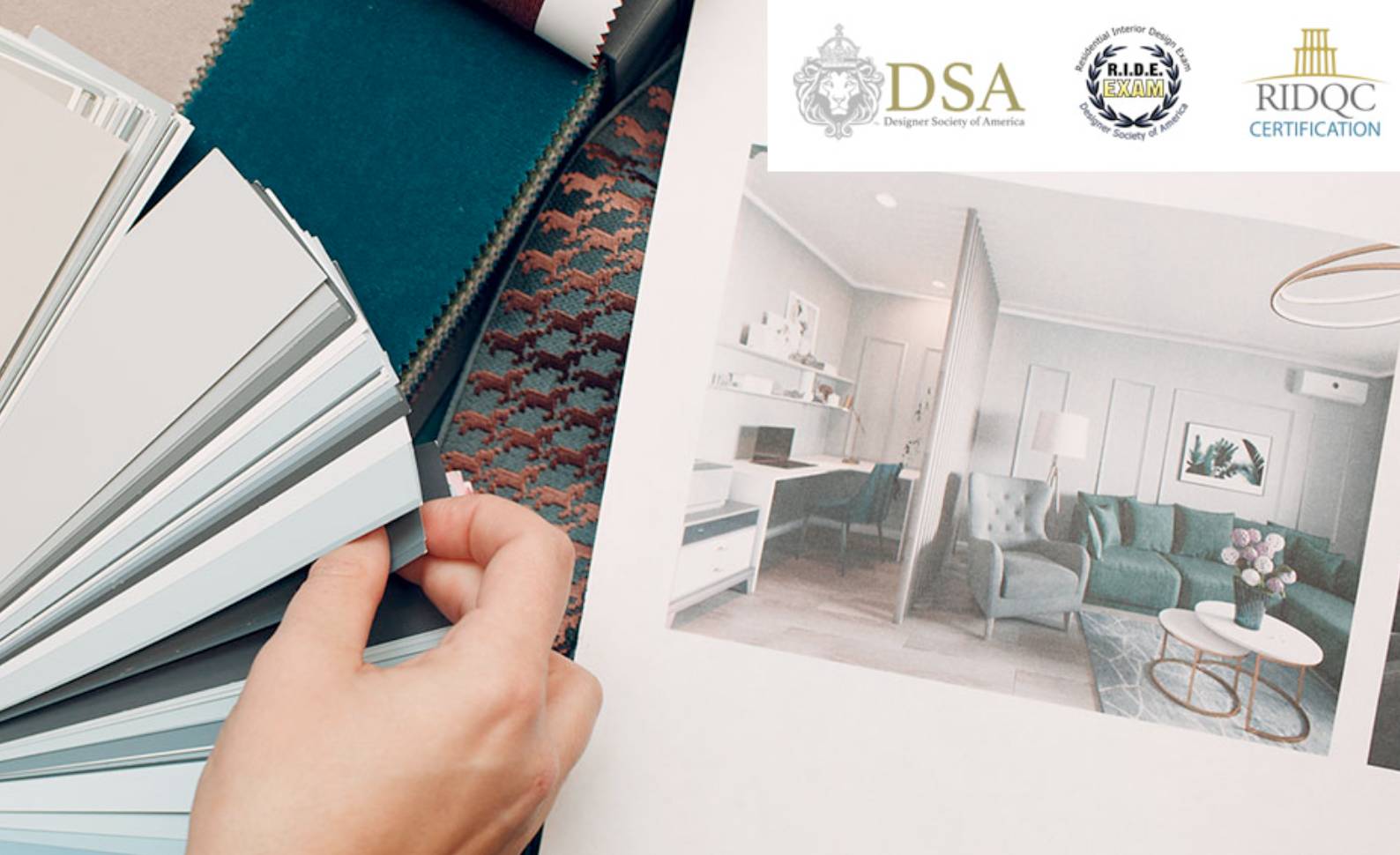Become a Certified Interior Designer
Interior designers transform home and commercial spaces into unique, functional areas. This 100% online course will fully train you for a career in interior design. Upon successful course completion, you will earn the designation of Certified Residential Interior Designer by the Designer Society of America.

